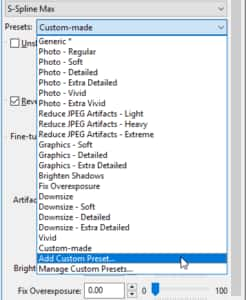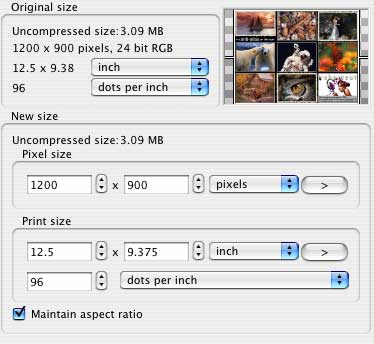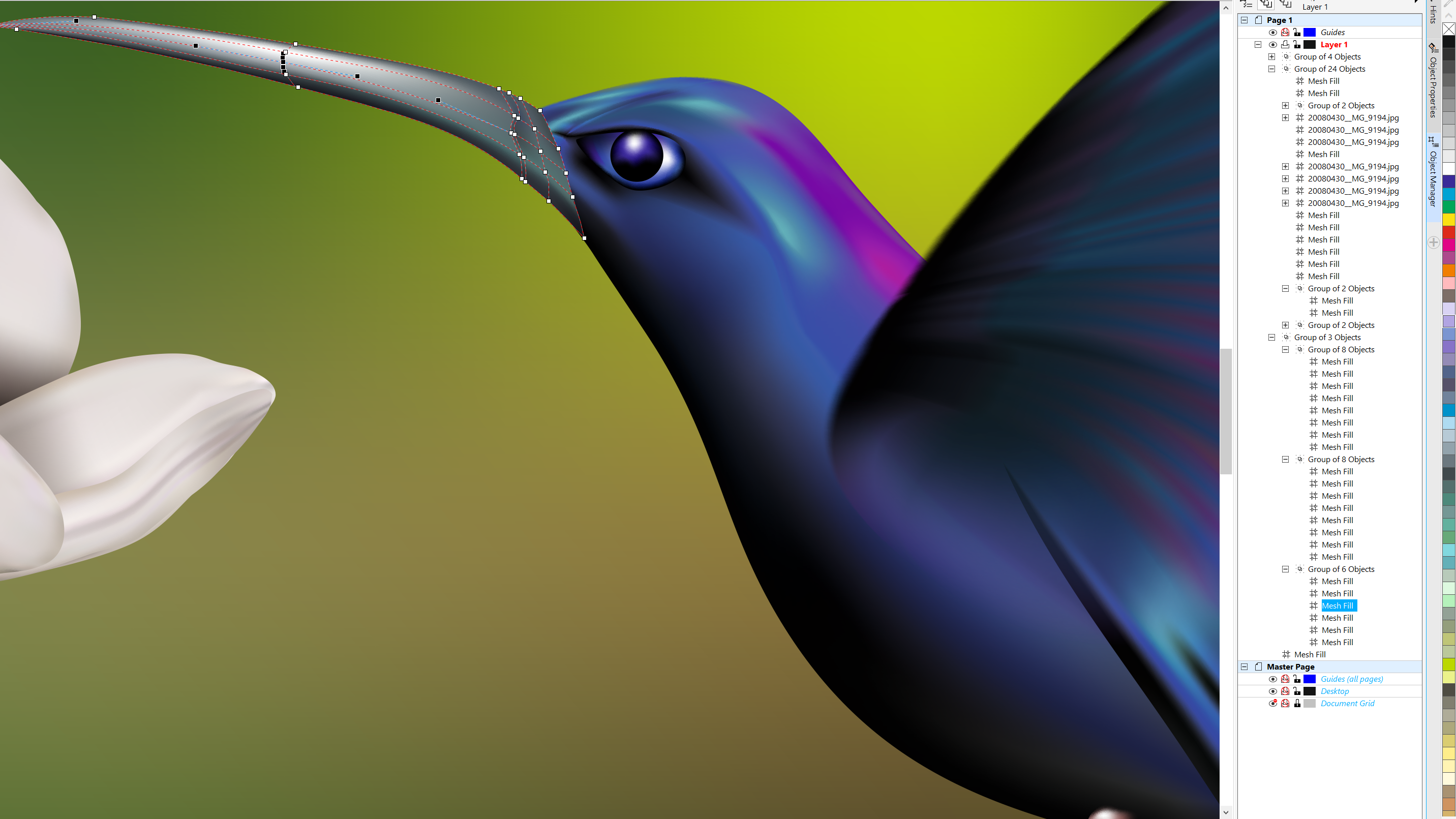

A black line slides down the image and updates it with the additional pixels. Now, the cool bit is once you've moved the slider or input the dimension sizes. The more haphazard ones out there will prefer the slider. If you want to take a methodical approach, you can adjust the dimensions pixel by pixel if you want. You have to decide how big you want to take the picture to. The preview image is found under Original image and the rest of the section simply tells you details of the picture, such as image size, file size, printable size in inches and a ppi (pixels per inch) value.Īrguably, the coolest part comes next. There are three sections: Original image, New size and Resize method. Below the large icons, the options are split into cascade tabs. Load an image in and it pops up in the main window as well as a smaller preview image to the left. You can still access them via the traditional means at the top. The main options are listed in big icons, so they're easy to find. In all seriousness, it's important to know how easy a program is to use straight out of the box without reading any guides or tutorials. Being male, though, we got stuck straight in and opened an image. An example image is pre-loaded in to let you play with and get the hang of it. All options are set to the left with a large display pane to the right. Launching PhotoZoom Pro 5 opens the main page. You can use it as a plug-in if you wish, though.
#Photozoom pro review psp#
PhotoZoom Pro 5 is a stand-alone program, so you don't have to open any pictures in Photoshop or PSP (Paint Shop Pro) if you use it this way. We were already registered, so missed that out, but if you need to do it, you'll be prompted at the end of installation. Still, installation takes around 5 minutes in total. It's annoying enough when freeware does this, but we didn't expect it from a paid program.

Our only gripe is that Avanquest seem to want to put a toolbar and browser on your computer as well as change the default page. We installed PhotoZoom Pro 5 from a CD which is an easy affair. We'll also compare it against the Bicubic Smoother in Adobe Photoshop CS4. In this review, we're going to test PhotoZoom Pro 5, a program that enlarges pictures.

Cropping usually means getting rid of a lot of pixels, which then makes the pictures smaller and therefore, more difficult to enlarge. The amount of times we've come home from a day shooting and found that we didn't quite get close enough to the subject, or we didn't frame it precisely enough.
#Photozoom pro review download#
Priced at £144.99, PhotoZoom Pro 5 is available as a download from the Avanquest website or as a hard CD. New to the fifth generation model is revised GPU acceleration, profile creation, precision colour previewing and speedy cropping of pictures.
#Photozoom pro review software#
If you make poster-size prints, PhotoZoom is worth looking at.PhotoZoom Pro 5 is an image enlargement software program for use with Adobe Photoshop and Corel Paint Shop Pro. There was no quality difference in the prints made from the 61-MB files however, the quality on the 137-MB file using PhotoZoom Pro was significantly better-the print was much cleaner, with less color artifacts, smoother edges, and more shadow detail. Results were a function of magnification. Using files from a 5-megapixel camera, I matched PhotoZoom Pro against the Bicubic Smoother setting in Photoshop CS2. The proprietary S-Spline XL algorithm is the best. Simply type in new settings for image size and resolution, then choose from one of several interpolation algorithms. PhotoZoom’s interface has a large preview window and is easy to use. It supports batch processing and 48- and 64-bit images. BenVista claims that their S-Spline XL algorithm in ProtoZoom Pro 2 renders higher quality output by analyzing “the sharpness and evenness of the original image and deciding which parts of the image must be enlarged.” PhotoZoom Pro works as a standalone application and as a Photoshop export plug-in. How your interpolation software analyzes the file and creates new pixels with a minimal loss of quality is key.

One of my photography teachers said, “If you can’t make them good, make them big.” However, enlarging low-resolution digital files usually means a loss of quality, manifesting as serrated edges, color artifacts, and loss of smooth gradients and detail. Plug-in successfully enlarges low-res files


 0 kommentar(er)
0 kommentar(er)
